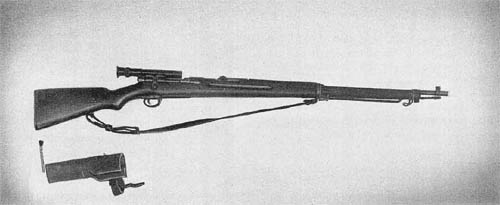
The Japanese 6.5 mm Sniper’s Rifle, Model 97, is a manually operated, bolt-action, air-cooled, shoulder weapon similar to the Model 38 (1905) 6.5 mm rifle except for its monopod, turned-down bolt handle, and telescopic sight. The telescopic sight is attached to the left hand side of the receiver by means of a dove-tailed base. It is a fixed focus type of 2.5 power and has a 10° field of vision.
The telescopic sight is approximately seven inches long and is equipped with an eyepiece of soft rubber. The reticle is marked in the following graduations: vertical from 0 to 15, horizontal 20 mils each side of the center, the markings being at 5 mil intervals. The horizontal line intersects the vertical scale at the 3 mark.
The telescopic sight is removable and when not in use is carried in a well constructed canvas case which has a heavy coating of lacquer on the outside for waterproofing. The case is fitted on the inside with a wooden spacer to secure the sight when it is inside. A small pocket to hold the sight cleaning brush is also constructed inside the case.
The rifle is also provided with a folding monopod which is pivoted on the lower band.
SPECIFICATIONS
| Weight (w/ telescopic sight) | 10 lbs., 8 oz. | |
| Length (overall w/o bayonet) | 50.25 ins. | |
| Sight radius | 26.9 ins. | |
| Principle of operation | Manual, bolt-action | |
| Feeding device | Box magazine | |
| Capacity of feeding device | 5 rounds | |
| Cooling system | Air | |
| Ammunition types | Mod. 38, 6.5 mm ball and reduced charge ball | |
| Rate of fire | According to dexterity of user | |
| Type of sight | 2.5x telescopic sight | |
| Weight of barrel | ||
| Length of barrel | 31.4 ins. | |
| Length of rifling | 29.1 ins. | |
| Rifling | ||
| Twist | Uniform R.H. one turn in 7.88 ins. | |
| Form | Metford segmental | |
| No. of grooves | 4 | |
| Depth of grooves | ||
| Width of grooves | ||
| Chamber pressure | ||
| Muzzle velocity | 2,400 ft. per sec. | |
| Muzzle energy | ||
| Maximum range | 2,600 yds. | |
| Effective range (approx.) | 600 yds. | |
| Type of mount | Folding monopod |
Japanese: p. 208.1 (August 1, 1945)
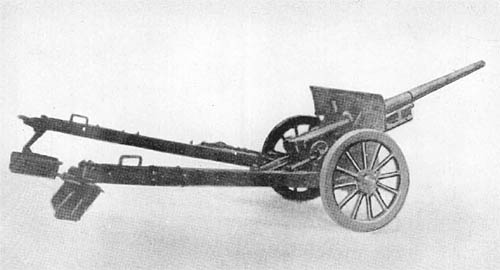
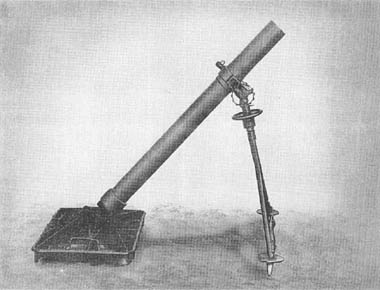
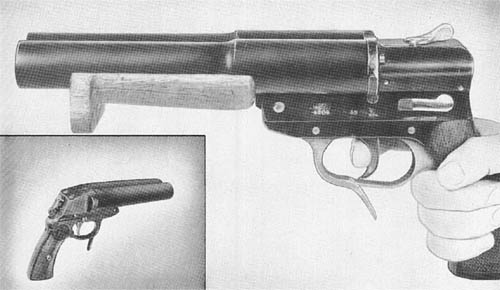
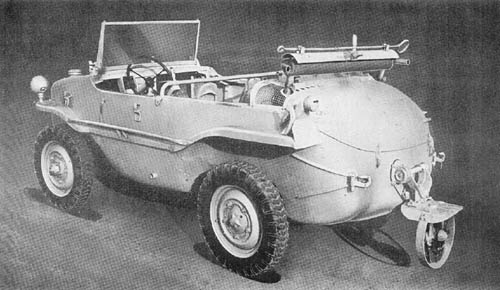
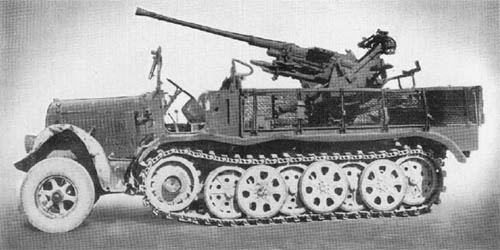
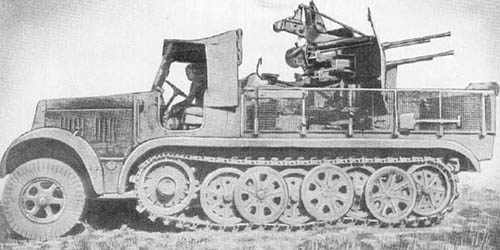
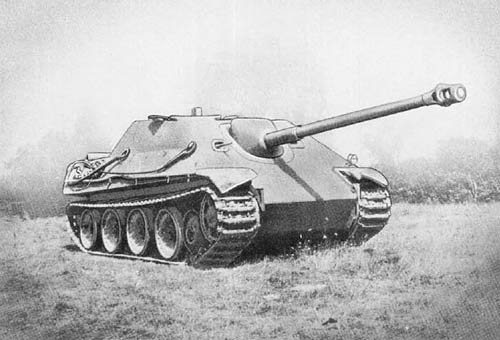
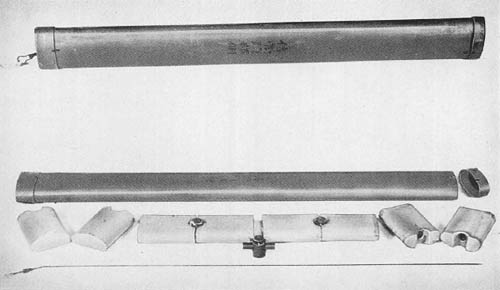
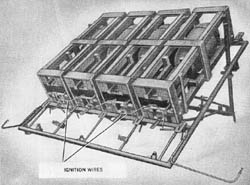 These two rocket projectors, or ramps, differ from each other only in construction details and in the material used. The Schweres Wurfgerät 40 is made of wood and weighs 115 pounds; the 41 model is of metal, weighing 243 pounds. Each is designed to carry four crates of the
These two rocket projectors, or ramps, differ from each other only in construction details and in the material used. The Schweres Wurfgerät 40 is made of wood and weighs 115 pounds; the 41 model is of metal, weighing 243 pounds. Each is designed to carry four crates of the